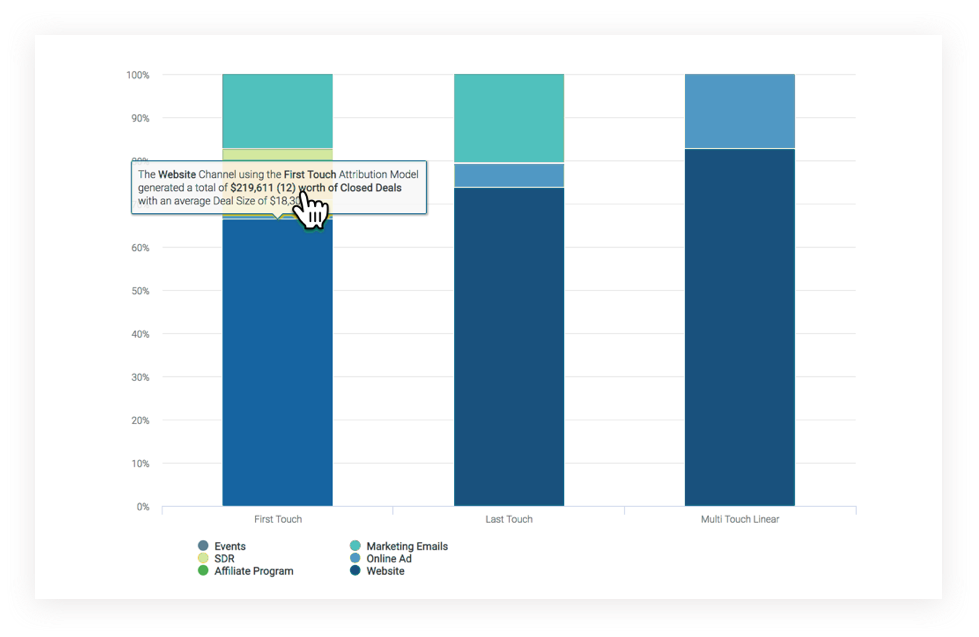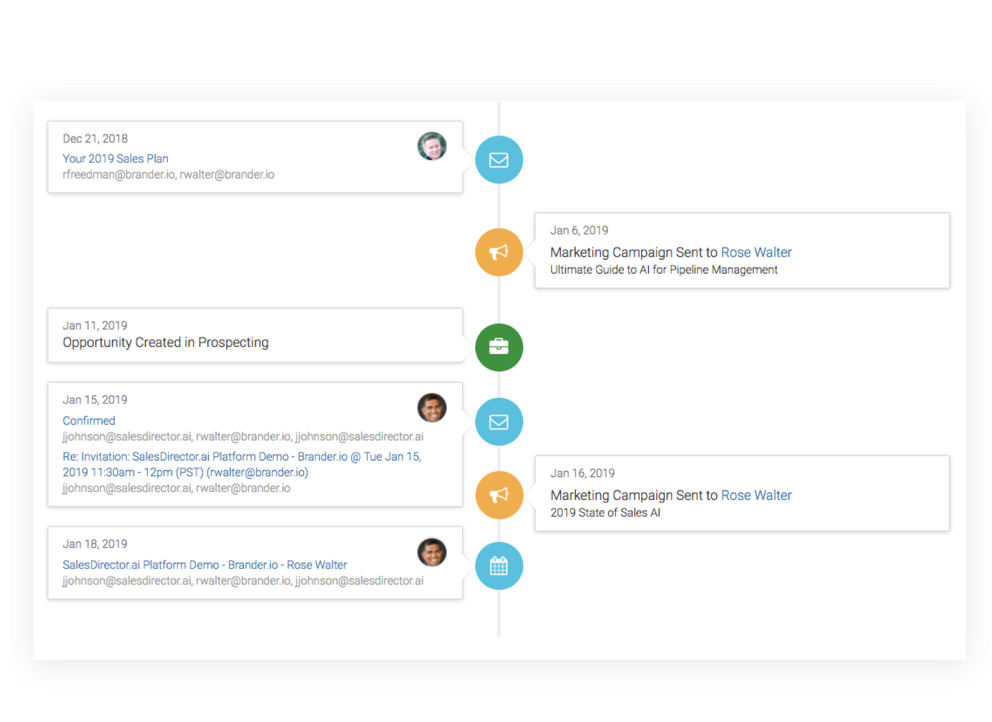Supercharging Sales Using Revenue Intelligence

To say that the artificial intelligence revolution is transforming modern life is to perhaps understate the impact that this technology is having on almost every aspect of society in the 21st century. The ability of artificial intelligence to analyze and act on data in either a semi-autonomous way – or increasingly without human intervention is having an impact on everything we do – including research, entertainment, science, and increasingly on the way that we do business.
One of the most powerful ways that AI is streamlining business and allowing companies to supercharge their sales funnel is through the use of AI in the area of customer revenue intelligence. However, too many, that sounds suspiciously like jargon – what exactly is revenue intelligence, and how has AI made it possible to gather the information that makes a real work difference to the financial performance of organizations?
Firstly, let’s look at a definition of just what constitutes customer revenue intelligence.
This is the science (and some would say art) of collecting data related to trends, performance, and opportunities based on key sales data. By analyzing this data the organization can streamline and more effectively target potential customers and increase the effectiveness of sales teams. If one were to liberally borrow from an old saying it would perhaps be the 21st century equivalent of the approach that says ‘if you can’t measure it – you can’t manage it.’ But the reality is that AI brings far more to the table than simple measurement.

Manual data collection and especially the integration of the efforts of the sales team and marketing operations can be a time-consuming and complex nightmare for any business. Often those two departments act as free-standing silos – each using different processes and measurement criteria in order to gauge the effectiveness of their outreaches. This is where artificial intelligence (AI) and machine learning (ML) come into their own.
This technology (which learns and adapts to the unique circumstances of each business) takes raw data from sometimes thousands (or even millions) of different sources, captures the data, analyzes it, and provides insights in one location, using a universal set of criteria that is applicable to both marketing and sales. the difference is that the data is available in a form that takes into account the different processes in play in each discipline and operational area.
In short revenue intelligence software automates the gathering of customer relations data – then allows the organization to leverage that data in a way that makes a difference to sales in the real world. That data can include the results of sales calls, phone telephonic and site visits, data of sales at retail sites, geographical and other customer-centric demographic data, and an analysis of customer sentiment. Those criteria are only the tip of the revenue intelligence iceberg. The automation process (driven by AI and machine learning) can be fine-tuned to deliver insights based on an almost endless number of variables.
This technology allows sales teams to gain insight across the entire sales pipeline. Perhaps as importantly it allows companies to fine-tune their forecasting in a way that drives growth and ensures that company assets are utilized in a way that best contributes to short, medium, and long-term success.
There are numerous advantages to the use of AI in the revenue intelligence-gathering process. These can include the viewing of historical data and interrogating ‘point-in-time’ data, the running of scenarios and scenario planning in order to achieve a lean and responsive sales strategy, and the supply of analytical data that allows the organization to identify problem areas and address these areas in a proactive manner.
The business environment of the 21st century is hyper-competitive and the needs of consumers can change in the blink of an eye. By harnessing the power of technology a business can become more agile in its responses to ever-changing market conditions. The traditional approach to identifying a customer need, developing a unique service or product, and then selling is not enough to ensure market dominance. Dealing with complexity in an effective way has become vital – and data analysis has become ever more challenging. By using the latest in artificial intelligence technology the company can thrive amidst complexity. Ignoring the power of these systems will put it at a distinct competitive disadvantage.
















